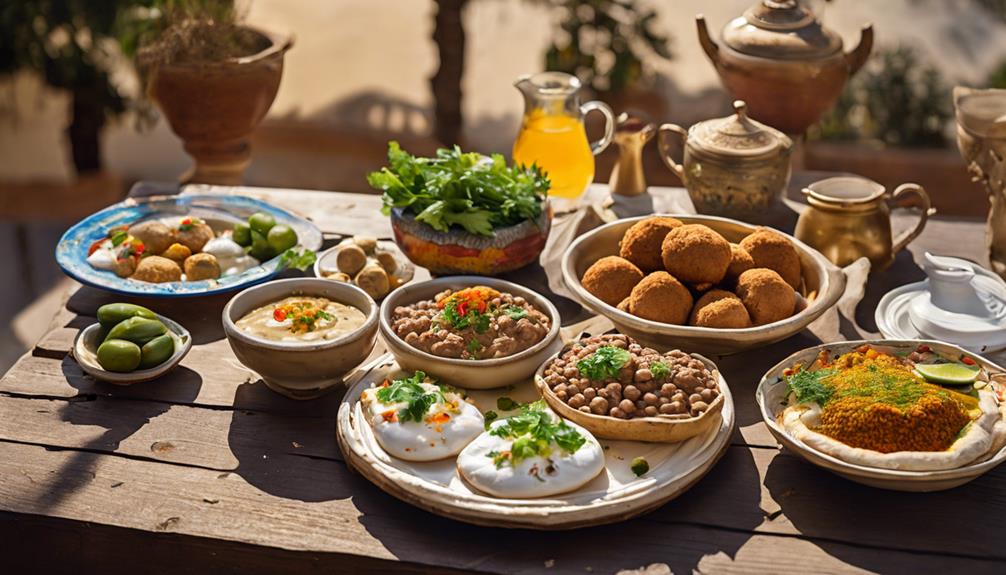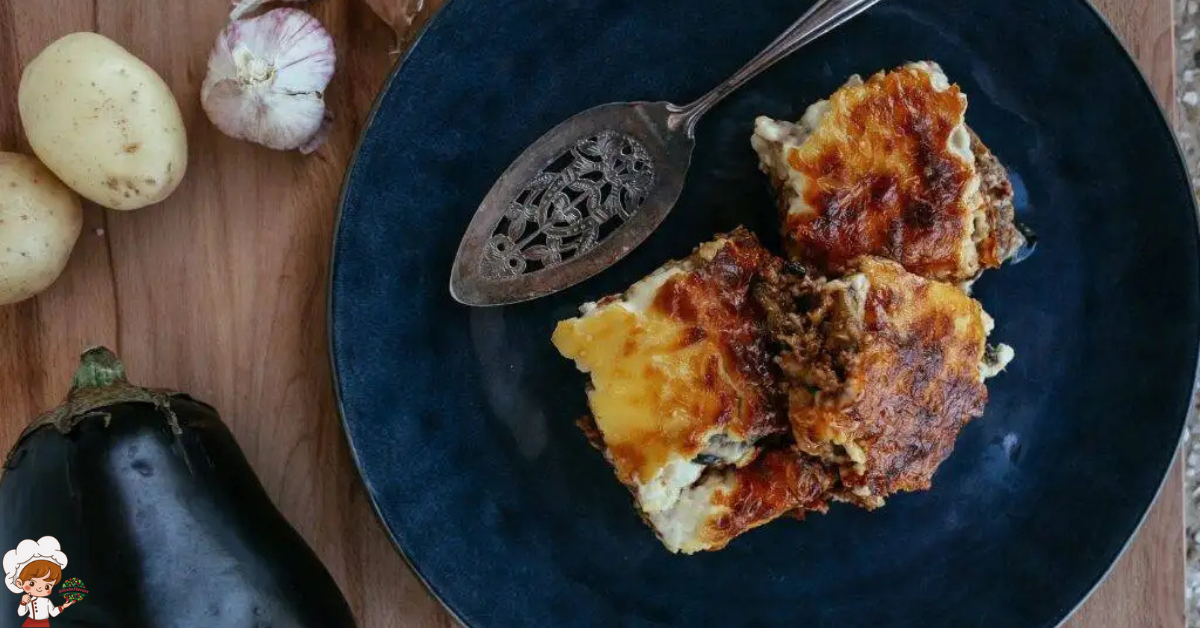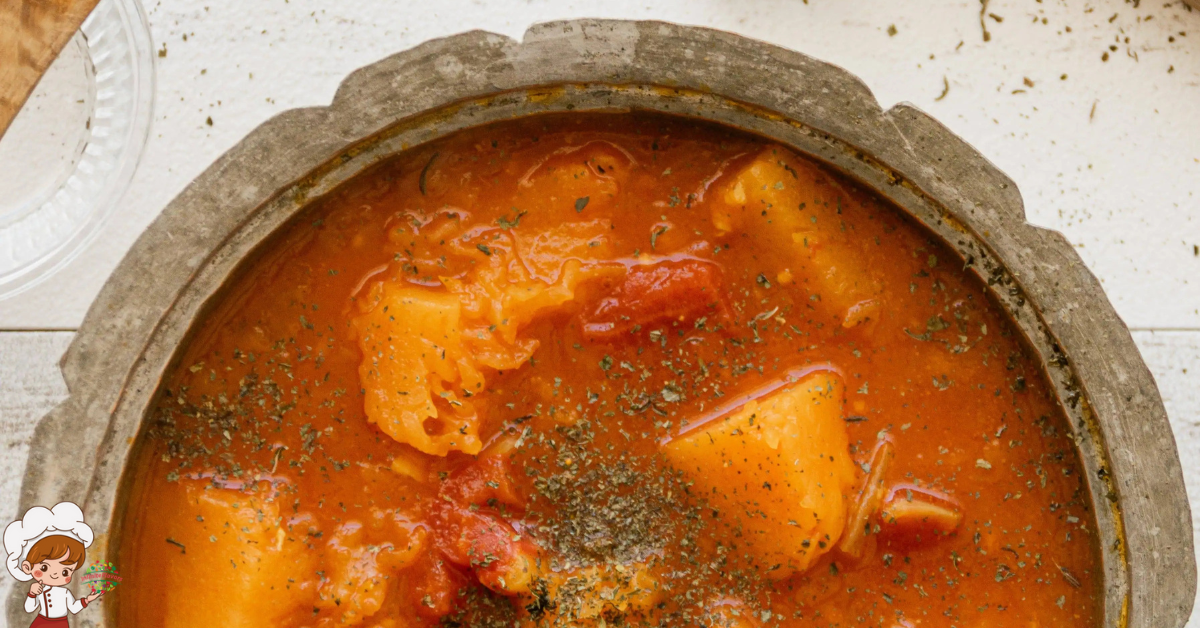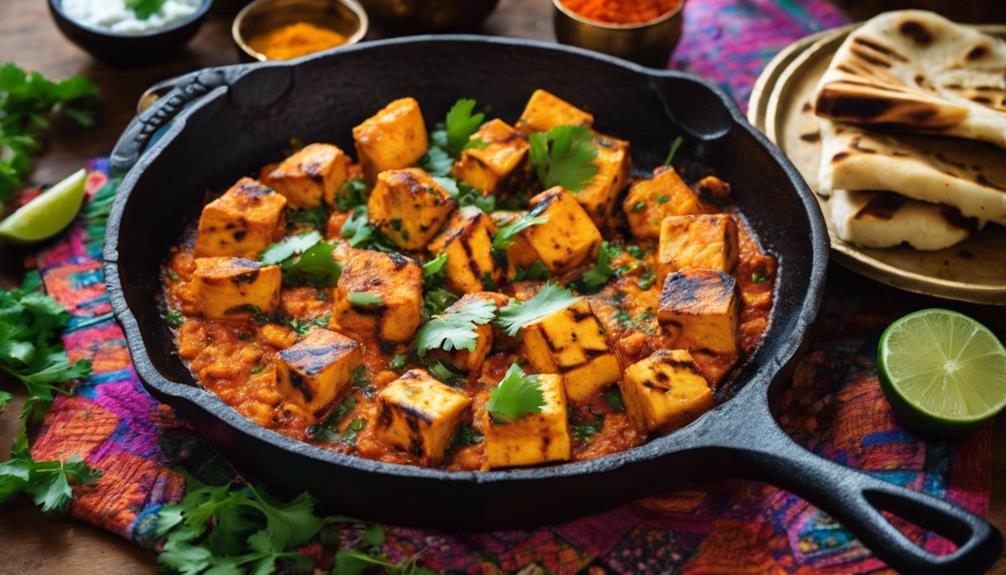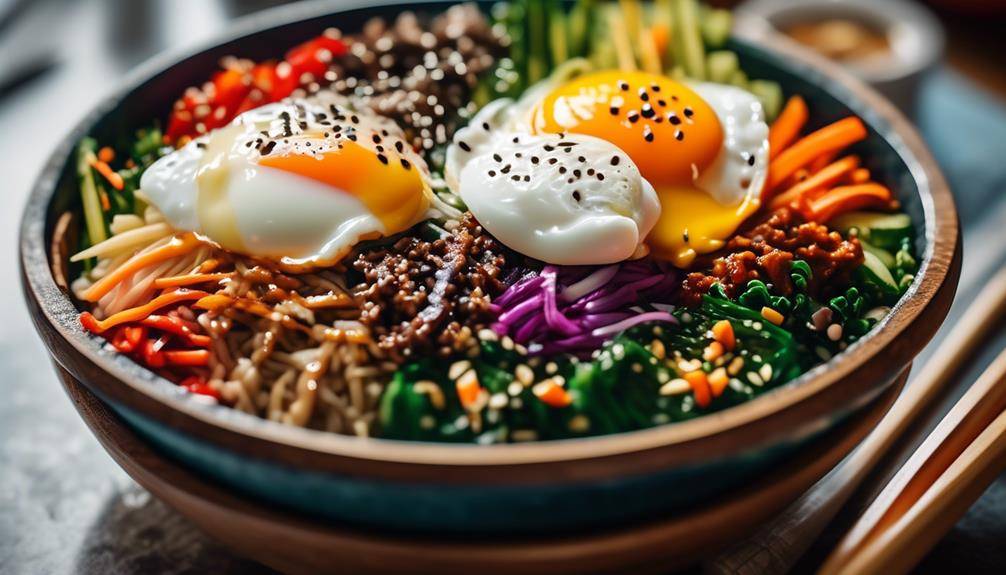All About The Best Tagine
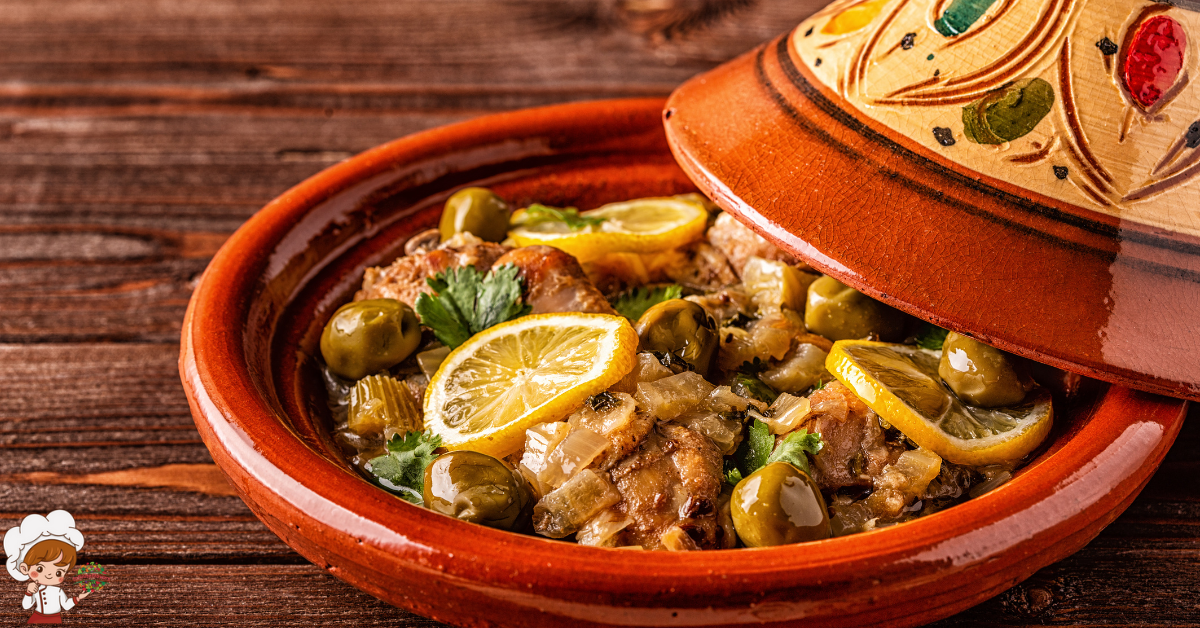
The Best Tagine is a traditional North African dish named after the clay pot in which it is cooked. This culinary method has a rich history that reflects the cultural heritage of the Maghreb region, which includes Morocco, Algeria, Tunisia, and Libya. Let’s explore the fascinating history and origin of tagine.
Early Origins in Berber Cuisine
The history of tagine traces back to the indigenous Berber people of North Africa, specifically Morocco, Algeria, Tunisia, and Libya. The Berbers, also known as Amazigh, have inhabited this region for thousands of years and have developed unique culinary traditions influenced by local ingredients and cooking methods.
Traditional Cooking Techniques
The Berbers relied on simple and effective cooking techniques that allowed them to make the most of their local resources. Cooking utensils like the tagine pot, made from clay or ceramic, were used to prepare slow-cooked stews over open fires or charcoal. This method of cooking was ideal for tenderizing tough cuts of meat and creating flavorful dishes from available ingredients.
Use of Local Ingredients
Berber cuisine emphasizes the use of local and seasonal ingredients, including grains, vegetables, fruits, nuts, and spices indigenous to North Africa. Common ingredients used in tagine dishes include lamb, chicken, preserved lemons, olives, almonds, dates, and aromatic herbs like parsley, cilantro, and mint.
Culinary Adaptations
Berber cooking techniques evolved over time, influenced by interactions with neighboring cultures and civilizations. The introduction of new ingredients and spices through trade routes, particularly during the Arab conquest of North Africa in the 7th century, added depth and complexity to Berber cuisine.
Tagine as a Cultural Artifact
The tagine pot itself is a reflection of Berber craftsmanship and ingenuity. Its unique design with a cone-shaped lid allows for even distribution of heat and moisture, essential for slow-cooking tender and flavorful dishes. The use of the tagine pot became synonymous with Berber cooking traditions and remains an iconic symbol of North African cuisine.
Preservation of Culinary Heritage
Despite centuries of cultural change and external influences, Berber communities have preserved their culinary heritage, passing down traditional recipes and cooking techniques from generation to generation. Tagine continues to be a staple dish in Berber households and is celebrated during festive occasions and family gatherings.
Arab Influence and Culinary Evolution
The evolution of Berber cuisine, including the development of tagine, was significantly shaped by Arab influence, particularly after the Arab conquest of North Africa in the 7th century. This period marked a profound shift in the culinary landscape of the region, introducing new ingredients, cooking techniques, and flavor profiles that merged with existing Berber traditions.
Introduction of New Ingredients
Arab traders and settlers brought with them a variety of spices, such as cinnamon, saffron, cumin, and ginger, which quickly integrated into Berber cuisine. These spices enhanced the flavors of traditional dishes like tagine, adding complexity and depth to the culinary repertoire of the Berber people.
Fusion of Culinary Techniques
The Arab influence also introduced new cooking methods and utensils that transformed Berber cooking. One notable innovation was the introduction of the clay or ceramic tagine pot, which became an essential tool for slow-cooking stews and braised dishes. The unique design of the tagine pot, with its cone-shaped lid, allowed for even distribution of heat and moisture, resulting in tender and flavorful meals.
Cultural Exchange and Adaptation
Arab influence led to a cultural exchange between Berber and Arab communities, fostering culinary innovation and adaptation. The fusion of Berber and Arab culinary traditions gave rise to new dishes and flavor combinations that reflected the diverse cultural landscape of North Africa.
Preservation of Traditions
Despite the Arab influence and subsequent cultural changes, Berber communities have maintained a strong connection to their culinary heritage. Traditional tagine recipes and cooking techniques continue to be passed down through generations, embodying a blend of indigenous Berber traditions and Arab culinary innovations.
Culinary Legacy
The Arab influence on Berber cuisine underscores the dynamic nature of culinary evolution in North Africa. The fusion of Berber and Arab culinary traditions has resulted in a rich and diverse culinary legacy, with tagine serving as a symbolic dish that reflects centuries of cultural exchange and adaptation.
Spread Across North Africa
The popularity of tagine gradually spread across North Africa, becoming an integral part of the culinary traditions in countries such as Algeria, Tunisia, Libya, and Mauritania. As Berber and Arab cultures intermingled and influenced each other, tagine dishes diversified and adapted to regional tastes and ingredients.
Regional Variations
In Algeria, tagine recipes often feature lamb, chicken, or fish, seasoned with local spices like coriander, paprika, and caraway seeds. Algerian tagines may include a variety of vegetables such as potatoes, carrots, and zucchini, reflecting the abundance of produce in the region.
In Tunisia, tagine dishes are influenced by Mediterranean flavors, incorporating ingredients like olives, preserved lemons, and capers. Tunisian tagines often include a mix of seafood and poultry, reflecting the coastal heritage of the country.
Libyan tagine cuisine is characterized by a preference for spicier flavors, with the use of chili peppers, garlic, and harissa paste. Libyan tagines may feature ingredients like chickpeas, eggplants, and pumpkin, offering a unique blend of savory and spicy elements.
Mauritanian tagine cuisine is known for its simplicity and reliance on traditional ingredients like millet, sorghum, and dates. Tagines in Mauritania often feature camel or lamb meat, slow-cooked with aromatic spices like cardamom and cloves.
Culinary Exchange
The spread of tagine across North Africa facilitated a broader culinary exchange among neighboring countries. Berber and Arab communities shared cooking techniques, ingredient combinations, and culinary traditions, leading to the development of distinct regional variations of tagine.
Cultural Significance
Tagine dishes have deep cultural significance in North Africa, often served during festive occasions, family gatherings, and religious celebrations. The preparation and sharing of tagine reflect communal values of hospitality and generosity, embodying the rich cultural heritage of the region.
Preservation and Innovation
While traditional tagine recipes have been passed down through generations, chefs and home cooks continue to innovate, incorporating modern ingredients and culinary techniques into classic tagine dishes. This blend of tradition and innovation ensures the enduring popularity of tagine as a beloved dish across North Africa.
Culinary Symbol of Morocco
Today, the tagine is closely associated with Moroccan cuisine and culture. It is considered a culinary symbol of Morocco and is often served on special occasions and family gatherings. The unique conical shape of the tagine pot helps to circulate steam and retain moisture, resulting in tender and flavorful dishes.
Modern Popularity
Tagine, once a staple of North African cuisine, has gained widespread popularity across the globe due to its unique flavors and versatility. This traditional dish has found a place on international menus, reflecting a growing appreciation for Moroccan and North African culinary traditions.
Culinary Trend
In recent years, tagine has become a culinary trend in Western countries, admired for its exotic appeal and rich, aromatic flavors. Restaurants in major cities around the world offer tagine dishes as part of their menu, catering to the growing demand for global cuisine.
Adaptation in Contemporary Kitchens
Home cooks and chefs alike have embraced tagine as a centerpiece of modern cooking. While traditional tagine pots are still used, many contemporary recipes adapt tagine cooking techniques to standard kitchen equipment, making this flavorful dish accessible to a broader audience.
Vegetarian and Vegan Options
The versatility of tagine allows for creative adaptations, including vegetarian and vegan versions. Plant-based tagine recipes feature a variety of vegetables, legumes, and grains, seasoned with traditional Moroccan spices, creating a satisfying and flavorful alternative for those with dietary preferences.
Cultural Fusion
Tagine’s popularity reflects a broader cultural interest in Moroccan cuisine and North African flavors. Fusion dishes that combine tagine elements with local ingredients have emerged, showcasing a cross-cultural exchange and appreciation for global gastronomy.
Culinary Exploration
The rise of food tourism and culinary exploration has contributed to the popularity of tagine. Travelers seek authentic food experiences, often discovering tagine in Moroccan markets or restaurants, igniting a passion for North African cuisine that extends beyond borders.
Online Presence
Tagine recipes and cooking techniques are widely shared online through cooking blogs, social media platforms, and video tutorials. This digital presence has further propelled the popularity of tagine, inspiring home cooks to recreate this flavorful dish in their kitchens.
The enduring appeal of tagine lies in its ability to blend tradition with innovation, offering a taste of Morocco’s rich culinary heritage to a global audience. As interest in international cuisine continues to grow, tagine remains a beloved symbol of North African culinary excellence.
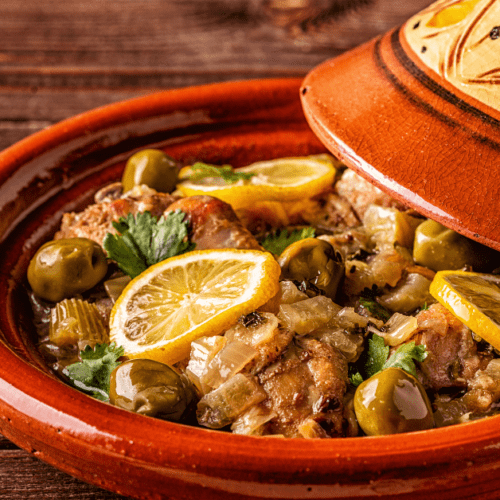
Tagine
Ingredients
- 4 chicken thighs bone-in and skinless
- 2 tablespoons olive oil
- 1 large onion finely chopped
- 3 cloves garlic minced
- 1 teaspoon ground cumin
- 1 teaspoon ground coriander
- 1 teaspoon paprika
- 1/2 teaspoon ground ginger
- 1/2 teaspoon ground turmeric
- 1/4 teaspoon ground cinnamon
- Salt and pepper to taste
- 1 cup chicken broth
- 1 14 oz can diced tomatoes
- 1 large carrot peeled and sliced
- 1 large zucchini sliced
- 1/2 cup green olives pitted
- 1/4 cup dried apricots chopped
- 2 tablespoons fresh cilantro chopped
- 2 tablespoons fresh parsley chopped
- Cooked couscous or rice for serving
Instructions
- Prepare the Chicken: Season the chicken thighs with salt and pepper.
- Sear the Chicken: In a large tagine or heavy-bottomed pot, heat olive oil over medium-high heat. Add the chicken thighs and sear until golden brown on both sides, about 4 minutes per side. Remove chicken from the pot and set aside.
- Saute the Aromatics: In the same pot, add chopped onion and garlic. Cook until softened and translucent, about 3-4 minutes.
- Spice it Up: Stir in the ground cumin, coriander, paprika, ginger, turmeric, cinnamon, salt, and pepper. Cook for another minute until fragrant.
- Simmer with Broth and Tomatoes: Pour in the chicken broth and diced tomatoes. Bring to a simmer.
- Add Chicken and Vegetables: Return the chicken thighs to the pot. Add sliced carrots, zucchini, green olives, and chopped dried apricots.
- Braise the Tagine: Cover the pot with a lid and reduce the heat to low. Let the tagine simmer gently for about 30-40 minutes, or until the chicken is cooked through and the vegetables are tender.
- Finish with Herbs: Stir in chopped cilantro and parsley. Adjust seasoning with more salt and pepper if needed.
- Serve: Serve the tagine hot over cooked couscous or rice. Garnish with extra fresh herbs if desired.
Conclusion: The Best Tagine
The tagine represents a blend of ancient Berber traditions, Arab influences, and the vibrant culinary heritage of North Africa. It continues to captivate food enthusiasts with its aromatic spices, tender meats, and savory sauces, making it a beloved dish that transcends borders and cultures.



